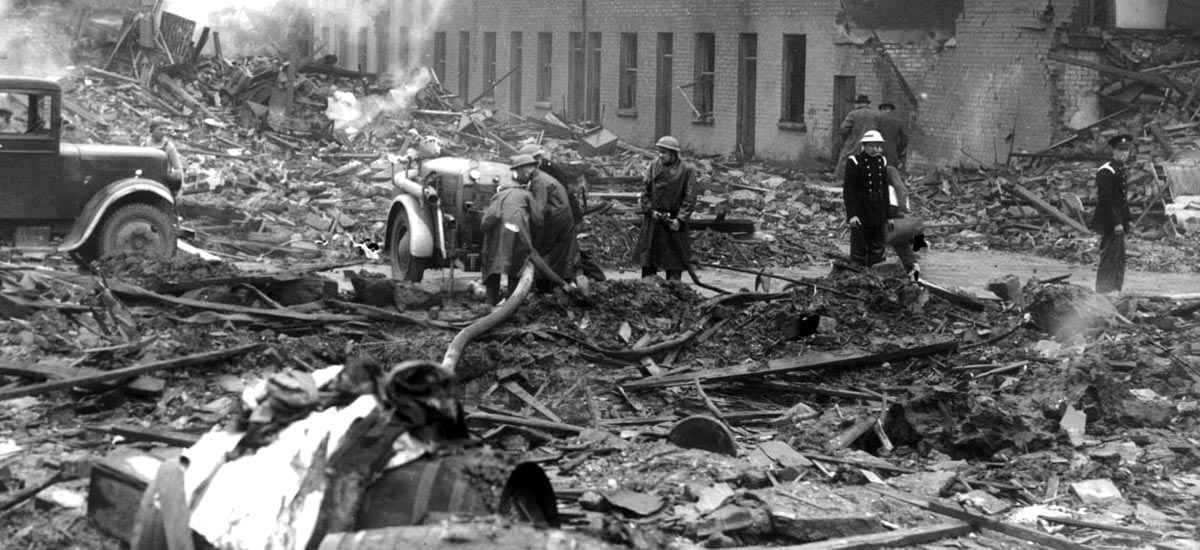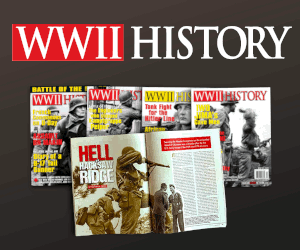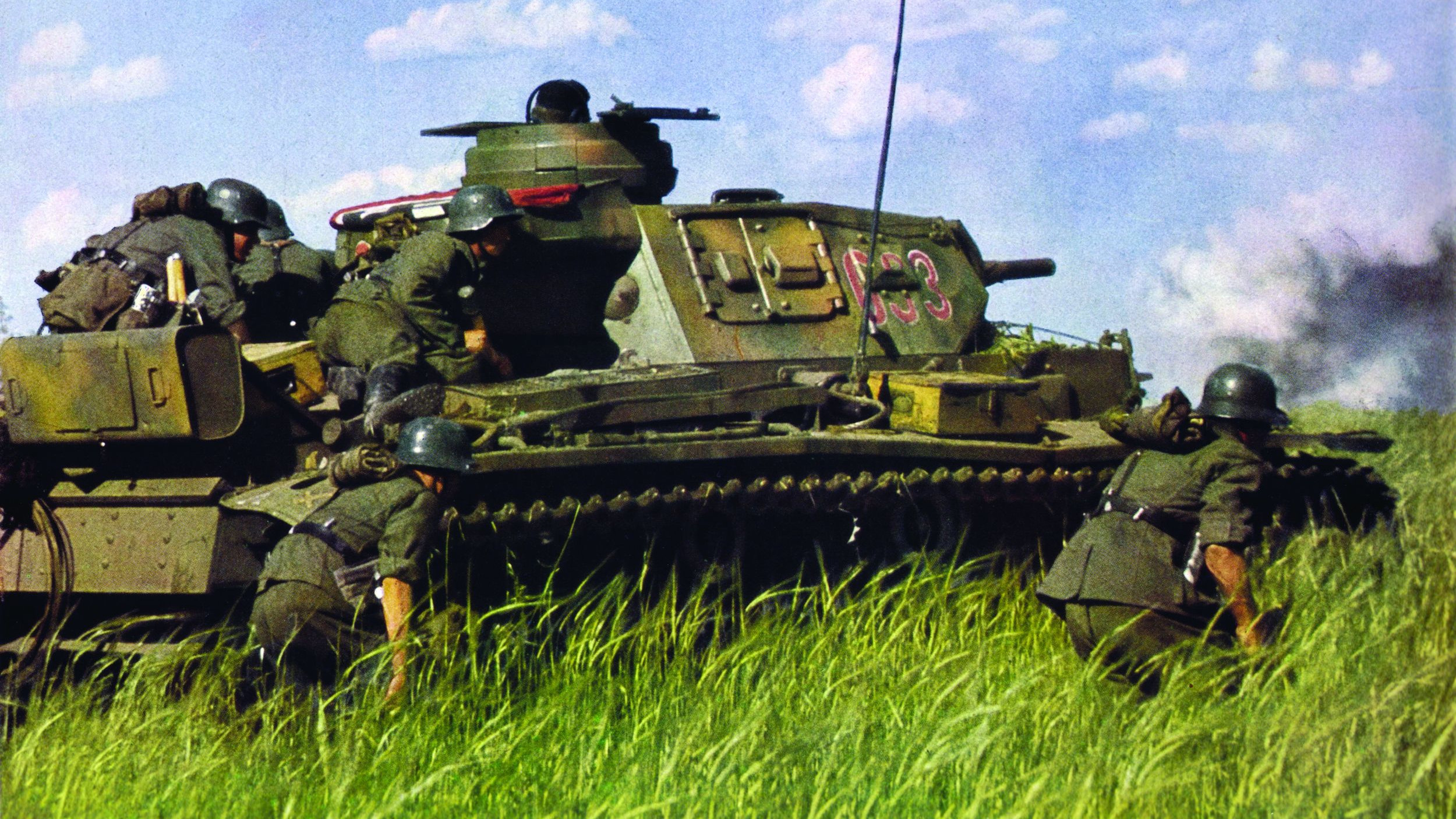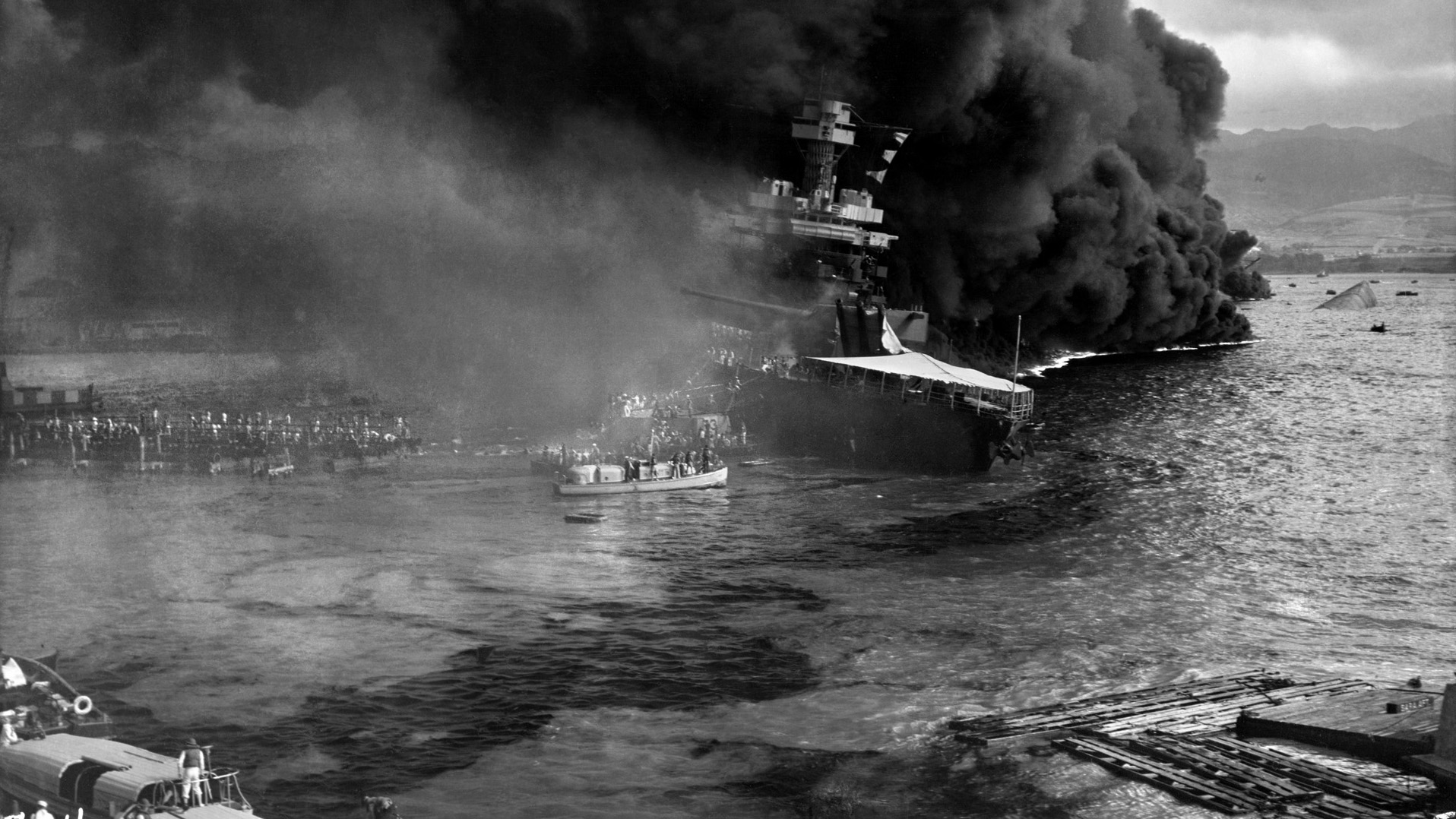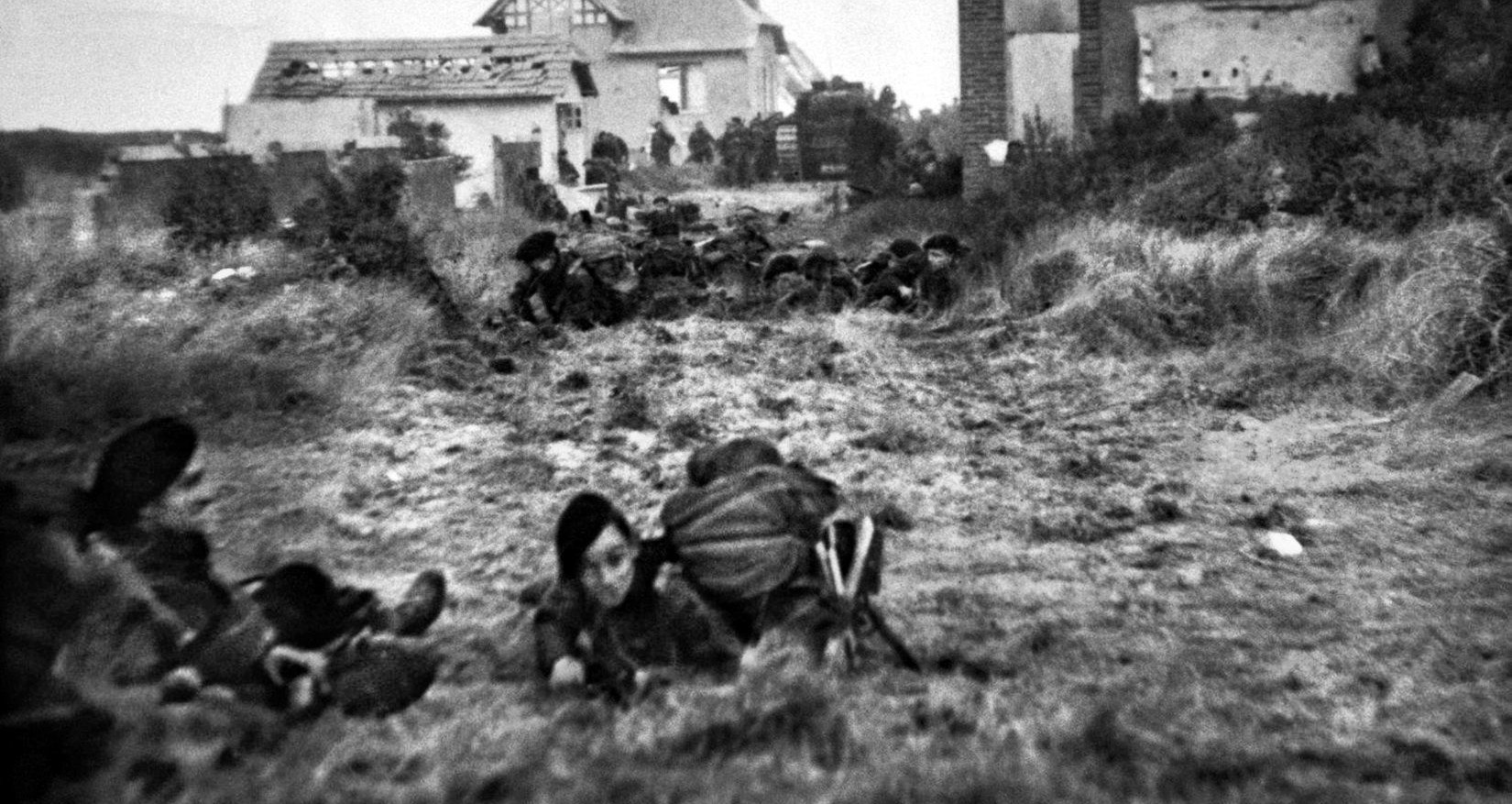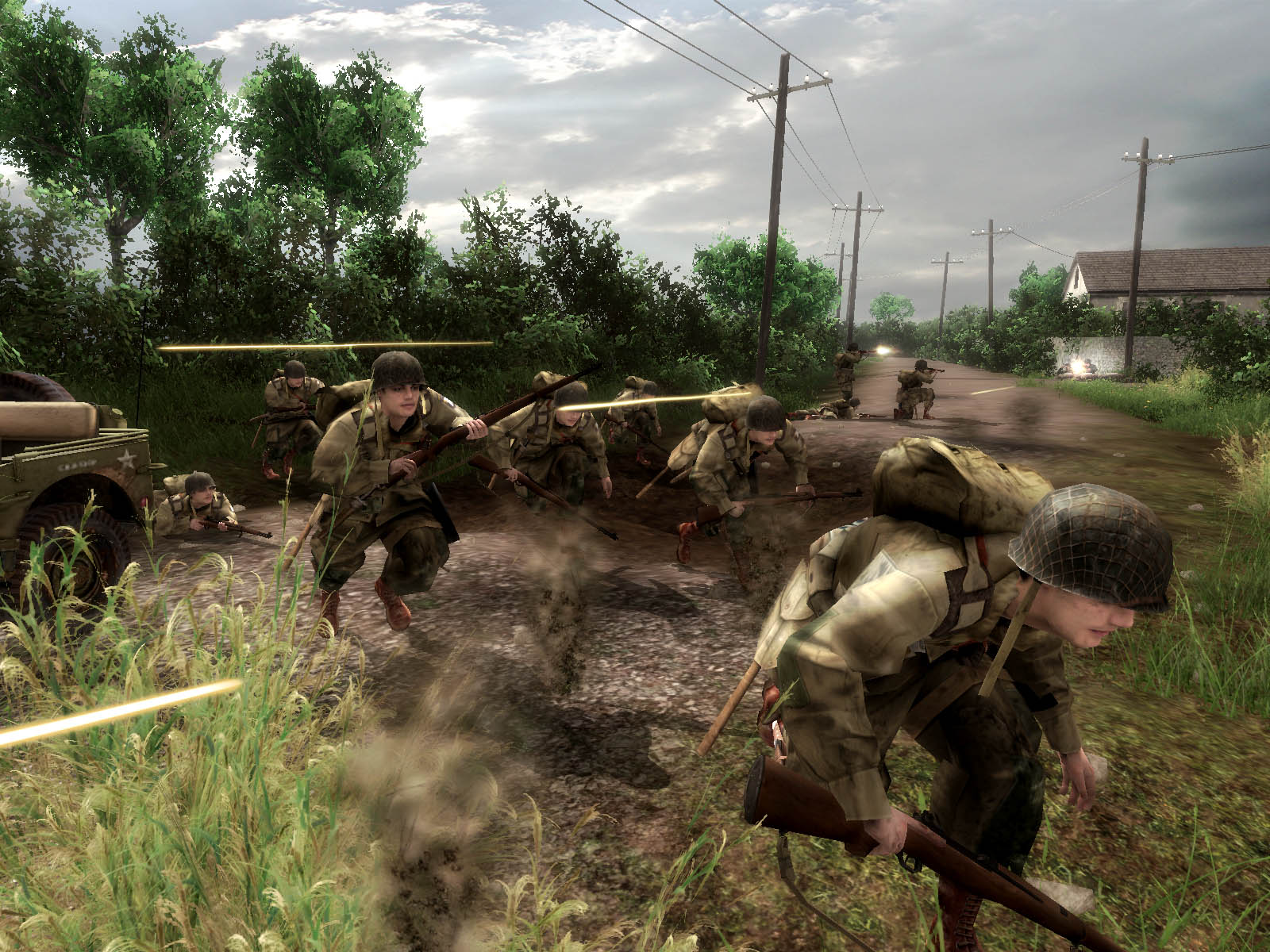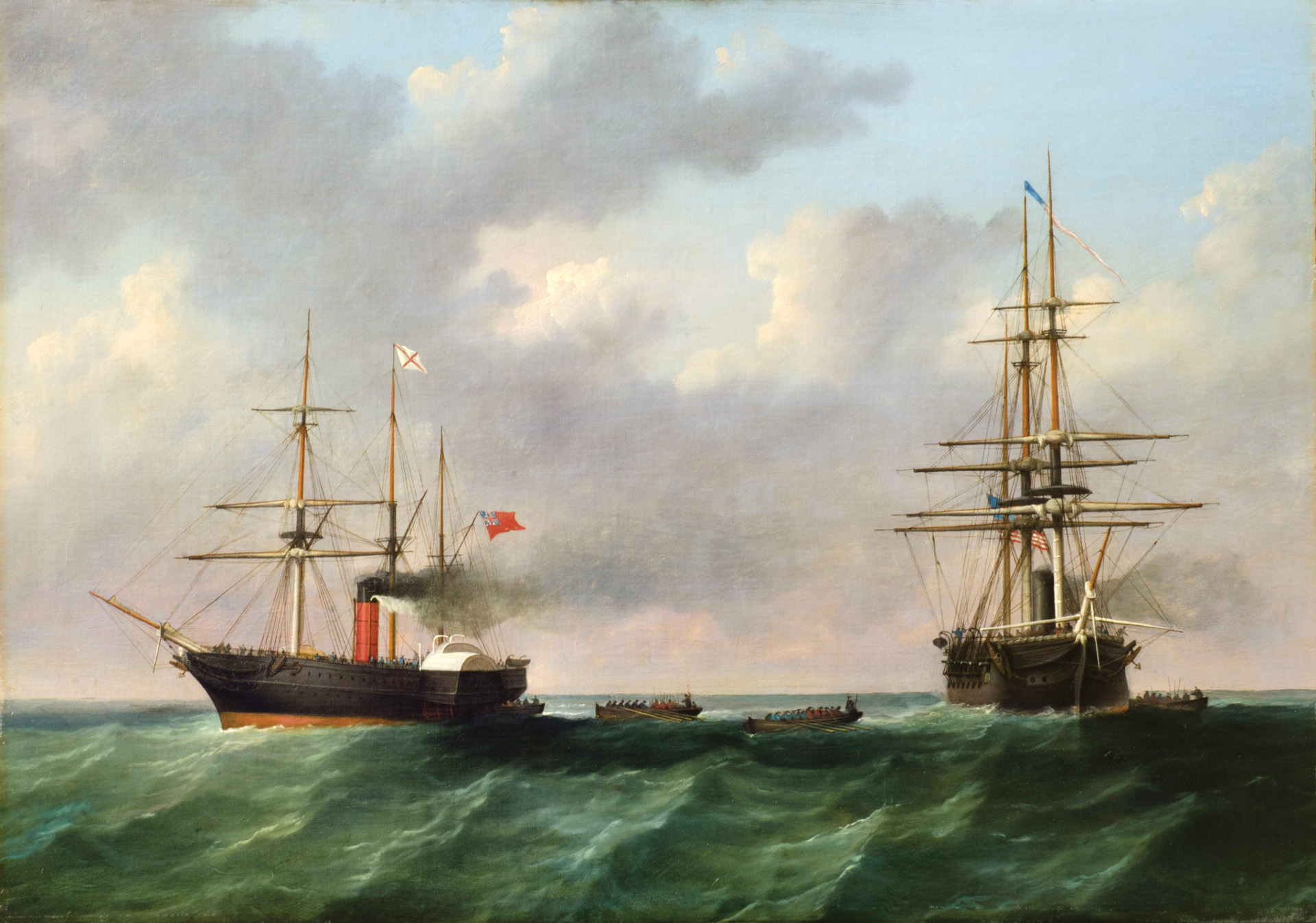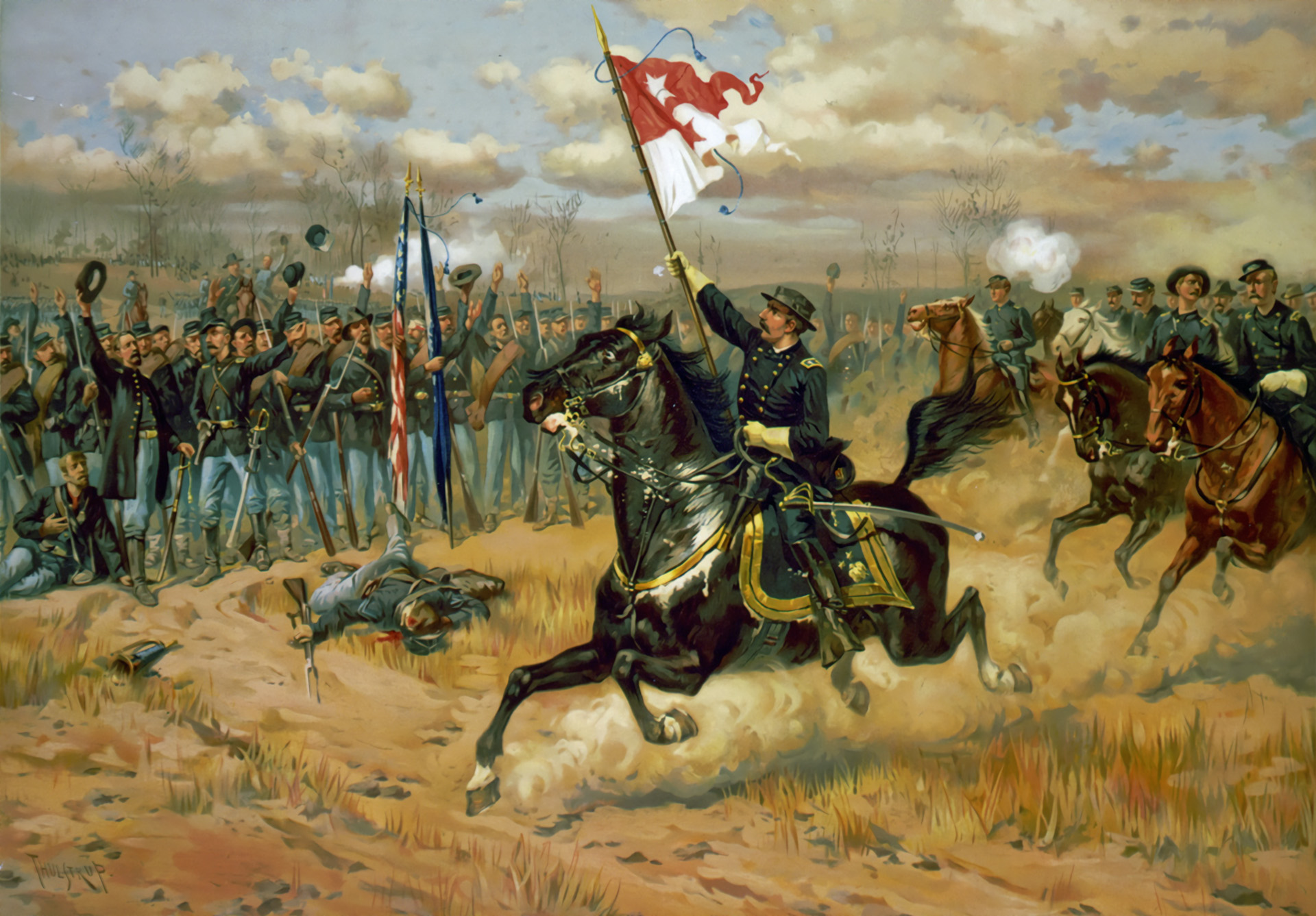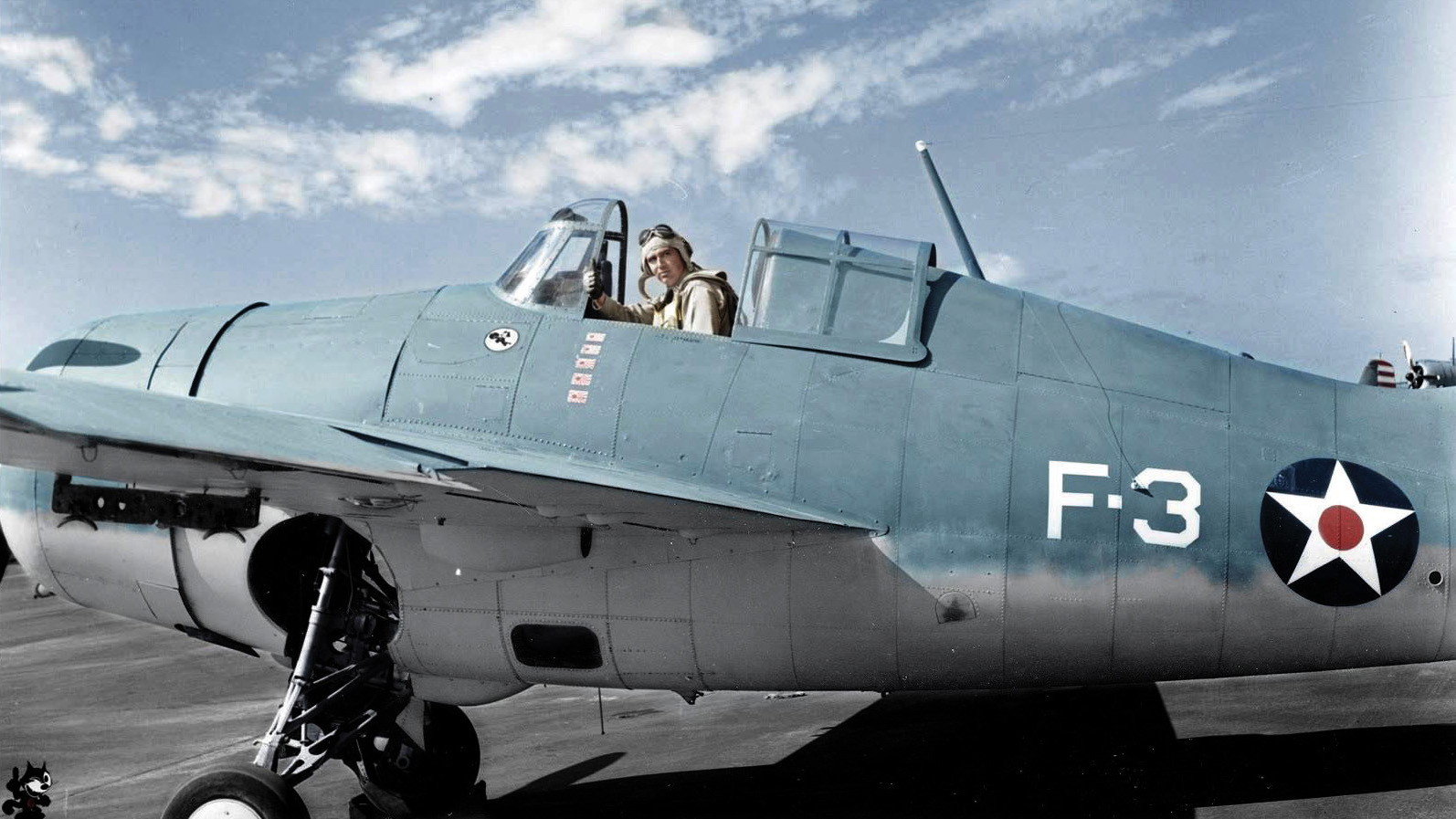By James Bilder
The south of Ireland, officially known as Eire and often referred to by many residing there as the “Free State,” declared its neutrality when World War II erupted suddenly in September 1939. The Irish would remain neutral throughout the war but were universally viewed as far more sympathetic and helpful to the Allies than the Axis. Despite their formal neutrality, the Irish experienced a number of aerial bomb attacks from German planes in 1940 and 1941. The Germans insisted that any damage to Irish property or casualties among the Irish populace could not have been the result of German ordnance since there simply were not any German military planes flying in Ireland’s airspace. They blamed British skullduggery for these attacks. According to the Nazis, it was Churchill and not Hitler who wanted to drag Ireland into war.
The ordnance and planes involved in these attacks would prove to be unmistakably German and, while it may be true that some of these incidents were in fact accidental, it appears more likely than not that Nazi Germany was both punishing and warning Ireland regarding its relationship with the Allies.
Neutrality was a difficult thing to maintain in World War II, especially for any nation in Europe. When the war began in September 1939, the Netherlands, Belgium, Luxembourg, Denmark, and Norway had all proclaimed their neutrality only to have the Germans quickly gobble them up the following spring. The Baltic States and Finland had done much the same, only to be forcibly occupied or invaded by the Soviet Union that same year or the next.
Sweden and Switzerland had both been neutral states since the Congress of Vienna in 1815, although both nations at least seemed to cooperate more with Germany than the Allies in the subsequent world wars.
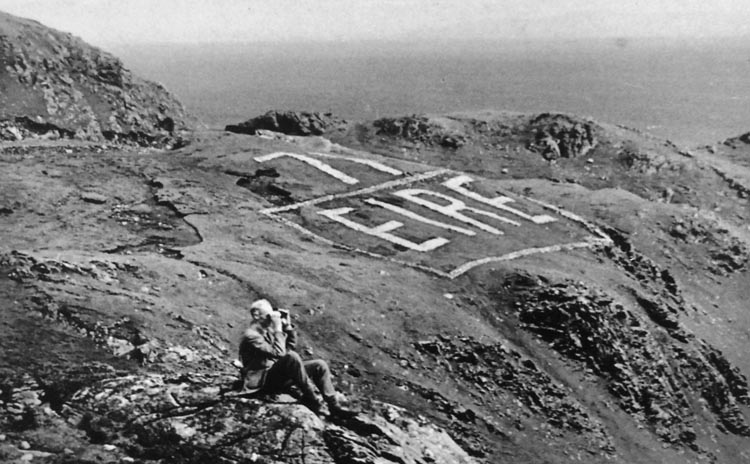
Ireland was a different matter altogether. Ireland had Britain and the sea between her and any potential hostile powers like Nazi Germany or Communist Russia. It was no simple matter for a foreign power, save Britain, to invade Ireland, which was thought to be relatively safe from attack.
It was also fairly easy for Ireland to avoid any argument for entering the war. Ireland had no military alliances, strategic interests, colonial holdings, or financial ties that would force it into becoming a belligerent. So the Irish were officially neutral—even if that neutrality happened to favor the Allies. This was not an easy a task because English-Irish relations had, for centuries, been “strained,” to say the least.
Ireland had been under British rule since the 1100s, but after the Protestant Reformation in the mid-1500s under Henry VIII the two nations were in a virtual and perpetual state of war. Formal laws denying basic civil rights to Catholics and Protestant dissenters of English rule were passed in the early 1700s. This resulted in much bloodshed, including a failed Irish insurrection in 1798.
Irish-English relations remained strained in the early 20th century, but most Irish were supportive of Great Britain during World War I, with roughly 200,000 Irishmen serving in British ranks. These men were all volunteers, as Britain did not draft Irishmen even though Parliament passed a law in April 1918 authorizing them to do just that. Amongst this uneasy peace, the more militant Irish rose up in arms to defy British rule during the Easter Rebellion of 1916. The fighting was primarily in Dublin and was quelled by the British in less than a week.
In January 1919, two months after the curtain came down on the Great War, Ireland moved to declare itself an independent state. The British responded with the infamous “Black and Tans”—an ill-clad group of mostly unemployed war veterans not unlike the German Freikorps (Free Corps), who were then busy putting down communist uprisings throughout post-World War I Germany. Both organizations could be absolutely ruthless in their reprisals against innocent civilians, and the horror stories understandably survive to the present day.
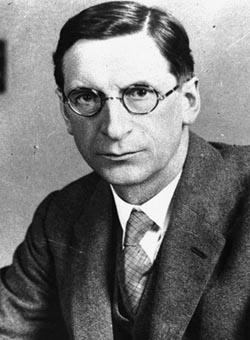
feared a British invasion as much as a German one.
A partial solution was reached in December 1921 with the signing of the Anglo-Irish Treaty. It granted the 23 mostly Catholic counties in the south of Ireland independence in a year and let the nine mostly Protestant counties of the north vote to opt out of the treaty (which six did) in order to remain in the United Kingdom.
The German invasion of Poland on September 1, 1939, brought a declaration of war from the United Kingdom within 48 hours. That declaration of war was limited to the UK and did not involve other nations of the British Commonwealth. The UK’s authority for war powers over its citizens included the Isle of Britain, England, Scotland, and Wales as well as, the six counties in Northern Ireland known as Ulster.
The south of Ireland (Eire) had been a “self-governing dominion” of the British Empire from 1922-1937. The Irish, acting under British authority, had drafted a new constitution in 1937 and passed it in a plebiscite, making them a fully independent state. The authority enabling the Irish Free State to draft a new constitution came from Britain’s Statute of Westminster, passed in 1931.
On September 1, 1939, the Taoiseach (Prime Minister) of Ireland quickly convened an emergency session of the Dail (parliament) to deal with the crisis. The Taoiseach then was none other than Éamon de Valera, an American by birth who was brought by his uncle to Ireland at the tender age of two after his father died.
He had been part of the leadership involved in the 1916 Easter Rebellion and almost certainly was spared execution because he was an American by birth. The Brits in 1916 did not want to risk angering the large Irish-American population while they were courting America as a potential ally in the Great War.
De Valera was both an athlete and a scholar. He was something of an Irish version of Horatio Alger—a man who rose to prominence by picking himself up by his own bootstraps. He would be a powerful force in Irish politics from 1917 until his retirement in 1973 at the age of 90.
De Valera’s supporters regarded him as a supreme diplomat. Whether dealing with the Brits or the Germans, they thought him a tough and wise negotiator who could secure an agreement beneficial to his people and avoid conflict in the process. His detractors regarded him as a “typical” politician—that is, noncommittal, evasive, and selfserving. Most of the Irish populace fell into the former category while U.S. President Franklin Roosevelt, David Gray (Roosevelt’s envoy to Ireland), and Churchill fell into the latter.
When the war broke out de Valera and his government knew that Ireland was not only free from any obligation to provide military assistance to anyone, but was completely incapable of offering any. The Irish Army had only 7,500 men in its ranks. While undoubtedly courageous, it was far from being combat ready and was regarded by most observers as more ceremonial in nature and best suited for parades. The Irish Navy, moreover, consisted of a mere two motorized torpedo boats (they would have six by the end of 1940) used for coastal patrol.
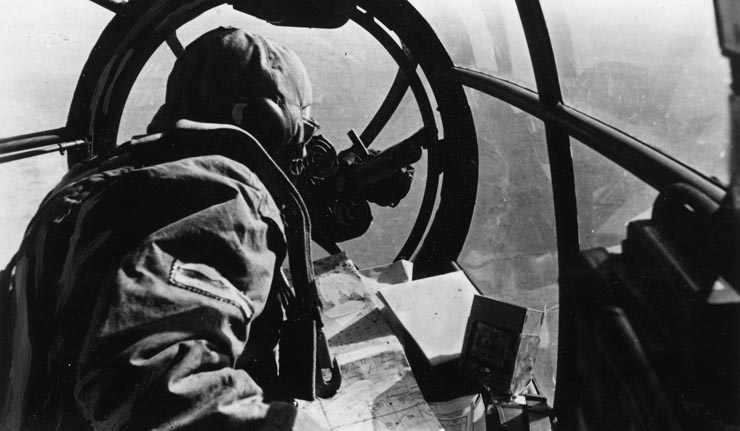
As for the Irish Air Corps, its combat capability consisted of four 1938 British Gloster Gladiators (biplanes), 16 twin-engine British Avro Ansons used for training and maritime reconnaissance (they could drop bombs, assuming the Irish had any), three Supermarine Amphibious Walruses (biplane boats) used for maritime recon, and three British Westland Lysanders, which could be used for land-based observation and reconnaissance or to shuttle a VIP or two.
As the British parliament was approving a declaration of war against Germany on September 3, 1939, the Irish Dail was busy passing the Emergency Powers Act. The Irish armed forces, sparse as they were, were now mobilized.
As prime minister, de Valera now had almost unchecked authority in regard to military matters and preparedness, but the Emergency Powers Act stopped short of granting him the authority to take the nation into war. He could, in effect, do whatever was necessary to protect Ireland from aggression, but the parliament made clear that the nation was neutral in the conflict and intended to remain as such. This was all fine with de Valera, who had long embraced these same sentiments.
De Valera wasn’t limiting his worries about aggression against Ireland to just Germany. There was a real fear that the British would seize a neutral Eire and occupy it as a protectorate. The Brits would reason that if the Irish didn’t have enough sense to throw in with Britain, then they could be forced to do so for their own good.
Any such anxiety on de Valera’s part would soon prove to be justified. The irony cannot be lost that on the very day that Hitler’s armies were storming into the neutral Netherlands, Luxembourg, and Belgium (May 10, 1940), the British Royal Marines were landing in neutral Iceland to take control of it.
Whatever Hitler and Churchill were thinking in regard to the Emerald Isle, de Valera’s sentiments were clear to both sides: Ireland would fight to the last against any invader—Axis or Allied.
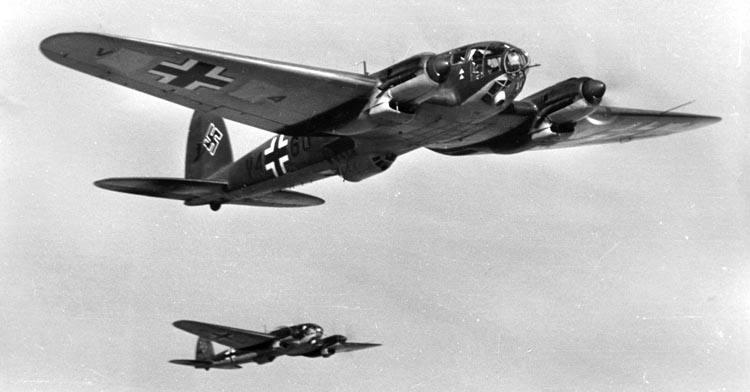
Just two weeks after the fall of France on June 25, 1940, the Brits began to feel the full wrath of Hitler’s fury as the Battle of Britain commenced. Hitler’s Operation Sea Lion called for an invasion and subsequent conquest of Great Britain in the fall of 1940. Before the Germans could hope to move their troops and vehicles across the English Channel they would need to subdue the mighty British Royal Navy, and the only way to do that would be to have control of the air. German control of the air could only be achieved by first wiping out the British Royal Air Force.
From early July until the end of October 1940, German bombers hit British cities, seaports, industry, air bases, and the all-important radar stations, which provided the only effective early warning of incoming enemy planes. Meanwhile, German fighters engaged their British counterparts in harrowing aerial dogfights over the Channel and Britain itself. The 31/2months of aerial combat did not wipe out the RAF or force Britain into submission, but it seemed to come awfully close.
The Irish people, and perhaps even their own government, may not have appreciated just how much intrigue was now swirling around their tiny island. In August 1940, the German high command completed plans for an invasion of Ireland (Operation Green). It called for landing roughly 4,000 troops along an 85-mile stretch of the southern coast between Wexford and Dungarvan.
Even an element of the Irish Republican Army (IRA) was convinced that a German victory could end the British “toehold” of Northern Ireland and bring about a united nation. They had developed “Plan Kathleen” and sent it to German Intelligence with the hope that a joint effort between the two would allow each to obtain their primary objective.
German military leaders of all service branches knew these far-fetched plans could only be pulled off if Sea Lion were successful. Many regarded Operation Green as little more than a ruse designed to throw off Allied intelligence regarding Hitler’s planned invasion of Russia.
Still, de Valera knew that while he had reason to be wary of the intentions of both sides, there was every common bond with Britain—especially when compared to Nazi Germany. First, there were between 40,000 and 50,000 Irishmen voluntarily serving in British ranks.
Second, de Valera had advocated as early as 1921 for coordination between Ireland and Britain in regard to their mutual defense. This coordination included Ireland availing its key ports to the British if such an extreme emergency arose. Much to Churchill’s chagrin, de Valera refused to do so during World War II.
The ante was upped in May 1940 after Churchill became prime minister and France was under attack. Malcolm MacDonald, who had served as British Secretary of State for the colonies, was dispatched to Dublin to offer de Valera the six counties of Ireland in exchange for Ireland’s entry into the war as an ally. The catch was that Ireland would be reunited after an Allied victory over Germany.
De Valera never seriously considered the offer. He doubted the Brits would honor the pledge and, even if they did, it would mean a new civil war for Ireland as the Catholic south would have to incorporate the Protestant north into a new nation. All one had to do was to look at what happened to Russia in 1919 to get an idea of where that prospect led. De Valera liked and respected MacDonald but dispatched him with a cheery goodbye.
The Irish cooperated extensively, although not formally, with the Brits throughout the war. They would avail a corridor of their airspace for British use, move decisively to crack down on German and German-leaning IRA espionage, keep the Brits informed of U-boat activity, allow Irishmen (not already serving in the Irish military) to join the British military, agree to return to the British any German prisoners who escaped from POW camps in the north and to black out coastal cities that were obviously being used as navigational points for German bombers headed toward Belfast. (The blackouts, however were normally limited to businesses and did not begin until April 1941.)
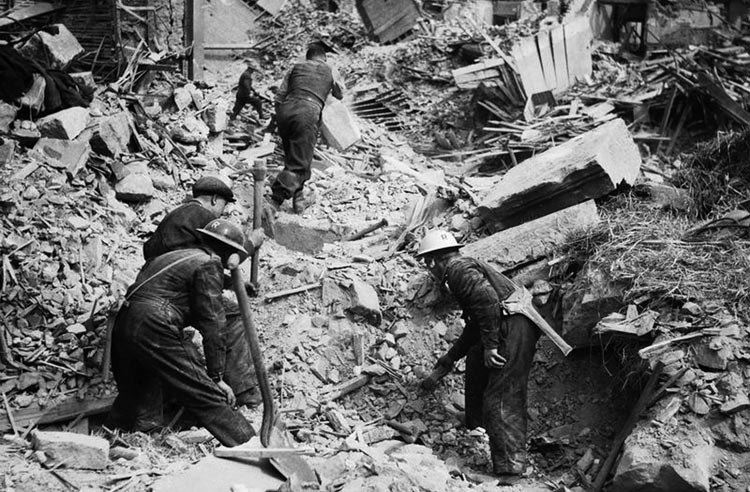
In August 1940, the Battle of Britain was at its height, and it seemed to many that Britain would fall. Perhaps for that reason the Germans felt they could afford to be more cavalier about possibly offending Irish neutrality. That month saw the first of several military incidents by the German Luftwaffe involving the Irish.
The Germans had maritime patrol bombers from Kampsgeschwader (KG) 40 attacking Allied merchant shipping along the northwest coast of Ireland. From bases in Trondheim, Norway, and Cognac, France, as well as Amsterdam, the German Focke-Wulf Fw-200 Condors flew their missions with near impunity.
On August 20, 1940, a condor from KG 40 was in the process of attacking a freighter (probably the SS Macville) off Blackround Island in County Mayo when it strafed an Irish lighthouse. When two fragmentation bombs dropped from the Condor failed to sink the ship, the German pilot probably swung around to pepper it with machine-gun fire.
In addition to whatever damage the bursts did to the ship, they also shot up some roof shingles and lantern panes on the lighthouse, but no one on the ground was hurt. This apparently did nothing more than raise some eyebrows. It was a mere six days later that something a lot more serious, and seemingly a lot more deliberate, happened.
Irish Lookout Posts (LOPs) in the southeastern part of the country reported at 1:40 pm that two planes, identified minutes later as German Heinkel He-111 bombers, had entered Irish airspace over County Wexford. They had come from over the Irish Sea and were flying relatively low at about 10,000 feet and heading in a northeasterly direction.
Twelve minutes after first being spotted by Irish Defense Force (IDF) observers, the planes circled over the town of Campile after having followed rail lines to their destination. It was a bright, sunny summer’s day providing a clear view to the German pilots as well as to the civilians on the ground.
One plane came in at lower altitude and dropped four 1,000-pound bombs on Duncormick. A private home was damaged, and a railway viaduct was just missed, but no one was hurt. The second Heinkel would have a more lethal effect.
In clear view of numerous civilian witnesses, the second bomber came in near the ground before releasing a bundle of delayed-action bombs. The Campile Creamery was hit, and three young women employed there were killed.
The censors were able to keep the matter out of the news for the most part, but word still got out among the populace.
Some IRA members and other defenders of Germany said it was the RAF using captured German planes and bombs or the result of exhausted German pilots screwing up their navigation. The Heinkel crews would have had to be trained by Wrong Way Corrigan for anything like the latter to have been true. The Germans offered no explanation (what could they possibly say?) but paid £9,000 in compensation three years later.
Some incendiaries and high explosives fell in County Wicklow on October 25, but there were no casualties or serious damage to property. This could be attributed to a crew’s “dumping” ordnance before returning home; bombers of that era did not normally return with anything left from a payload for numerous reasons: pride, fuel conservation, danger to flight crews on landing, and danger to ground personnel having to unload live ordnance. The ocean and open spaces on the ground were often the recipients of unused bombs.
There was also an incident at sea that same year in early December when the Cambria, a large Irish steamer that carried mail back and forth across the Irish Sea, was machine gunned by a German plane 20 minutes after leaving port. Like the bombing in Wicklow almost two months earlier, this too could be reasoned to be unintentional on the part of some German pilot.
The Germans seemed far more deliberate on December 20 when, at 7:26 pm, they dropped two small bombs on the Sandycove train station in Dublin County, injuring three people. A few minutes later and they would have hit a train just pulling into the station. Careful timing? Possibly, and if it was it was certainly the type of precision that the Nazis prided themselves on.
There were, however, three factors regarding this incident that make it difficult to attribute it to mere navigational error or ordnance dumping. First, the dropping of “Molotov chandeliers” had preceded the bombs. Molotov chandeliers (sometimes called “fairy lights” by the Irish) were navigational flares dropped to identify and clearly mark a target before releasing ordnance. Pilots as good as those in the Luftwaffe in late 1940 were hardly apt to make that kind of mistake.
Second, while there was a bombing attack against Liverpool that same night the distance from Liverpool to Dublin is 135 miles, which at cruising speed would take an He 111 roughly 25-30 additional minutes to cover. Any German pilots crossing over Britain and overshooting Liverpool would have noticed as they approached Dublin not only the extended flight time but that the city assigned as a target was not blacked out.
Third, and most important, de Valera had the previous day denied a demand from Berlin to increase its diplomatic staff in Dublin with four additional personnel. It was obvious to everyone that the primary purpose of the added German staff was espionage, and de Valera was not about to allow it.
This was an especially gutsy move on de Valera’s part since in December 1940 Hitler and Stalin were still military allies. Nazi Germany was at the near zenith of its power and, between its allies and its conquests, had influence or direct control over almost everything from Spain eastward all the way into the Japanese Pacific. Despite this intimidating power, the Nazis eventually acquiesced to de Valera’s firmness and relented on their demands for added diplomatic staff in Dublin.
German bombers appeared again over the south of Ireland on New Year’s Day, 1941. In County Meath, three bombs fell on Julianstown and five on Duleek. Damage was minimal, and there were no casualties. Considering there were no potential targets of importance anywhere near where the bombs fell, it could have been a case of ordnance dumping.
The action by German planes on the following day, however, appeared more deliberate and punitive in nature. At about 6 am, in bitterly cold air and over snow-covered ground, German bombers appeared over County Dublin and dropped two bombs in Terenure, which pulverized a couple of homes and produced seven civilian casualties (none fatal). Another person was injured nearby when two bombs fell on a construction site.
Forty-five minutes later in County Carlow another German bomber dropped eight low-caliber bombs in a straight line with one hitting the farm home of the Shannon family in Knockroe. Sisters Mary Ellen and Bridgid, along with their 16-year-old niece Kathleen, were killed instantly as they slept. Two other family members were injured but survived.
Considering the Shannon farmhouse stood out among more than 40 acres of open farm fields and the pattern of attack used by the German pilot was exactly like that used during Blitz attacks on UK targets, it would be hard to chalk this up to navigational error or ordnance dumping.
Counties Wicklow, Kildare, and Wexford were also struck that same day with little or no damage to property and no casualties. It was also reported that the Germans parachuted two sea mines near Enniskerry in County Kildare. They were disarmed the following day without incident.
Witnesses said in all these instances that German insignia on the planes were clearly visible and that both the silhouette and engine sounds of the attackers were unmistakable. The attacking planes even followed the German procedure of briefly cutting their engines in order to glide in silently toward their targets before starting them up again and striking.
Dublin was hit yet again on January 3, 1941. This time it was on Donore along South Circular Road. A stick of 10 bombs was dropped that destroyed two homes and damaged 50 others (typical row housing of the era). Amazingly, this caused only 20 injuries and did not kill anyone. The area where most of the damage occurred was known as “Little Jerusalem” due to the sizable Jewish population that resided there.
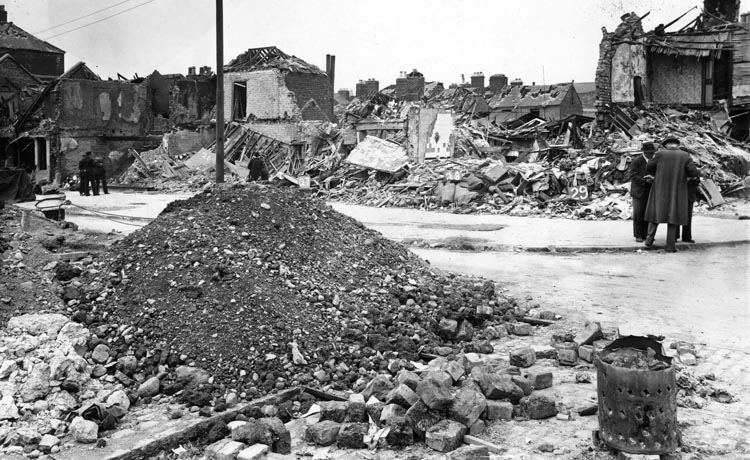
Despite the statements of eyewitnesses and the fact that physical examination of spent ordnance all verified the attack as German in origin, the Nazis continued to deny any involvement. Others speculated that these incidents were the result of German pilots flying in the dark and mistaking the east coast of Ireland for the west coast of Britain.
Such explanations overlooked the fact that the Irish Sea provides some 45 to 50 miles of water separating the south of Ireland from the west of Britain (to the north, Belfast is some 30 miles closer to the British coast).
The German He 111 bombers had a ceiling of just of over 21,000 feet. Even if the planes were flying at maximum altitude, navigational charts, wide variance in distance, travel time, and the amount of fuel consumed would have allowed all but an occasional aircrew to avoid overshooting (or undershooting, if dispatched from Norway) their designated target.
The Germans did send their bombers out against Cardiff, Wales, on January 2 and 3, 1941, but Cardiff’s distance to Dublin is 182 miles. Unlike Liverpool, which one could attempt to justify as something of a straight westerly run to Dublin (or vice versa), Cardiff is well to the southeast of Dublin. How does a well-trained military pilot make that kind of error?
These realities coupled with the fact that the attackers were notexperiencing things like British fighter planes in the sky, blackout conditions on the ground, search lights scanning the skies, roaring air-raid sirens, barrage balloons, and flak. They all should have given any German pilot a clue that he was not, in fact, over the west of Britain.
After the January bombings of 1941, things over Ireland quieted down for a few months, and all concerned welcomed the reprieve. Hitler had much bigger fish to fry. Realizing the Luftwaffe was unable to eradicate the RAF (the Germans lost almost 2,000 aircraft and the British just under 1,800), Hitler had abandoned Sea Lion back in mid-October 1940, and the Battle of Britain concluded a few weeks later having given the Germans their first real defeat of the war.
Hitler’s Operation Barbarossa—the invasion of the Soviet Union—now consumed him. He reasoned that a quick victory in the East would allow him to return even stronger to face Britain with a new peace offer or a new plan of conquest.
Since the war began, Britain could look to Belfast’s industry to make a real contribution to the war effort. Short & Harland Ltd. had tens of thousands working to produce military aircraft for the RAF, while another Belfast company, Harland and Wolff, had nearly double that number of workers producing warships in their yards for the Royal Navy.
German aerial reconnaissance at the end of November 1940 had confirmed just how poorly prepared Belfast was for attack by air. Despite this, Belfast still had something of a false sense of security. There was the thought that Britain would serve as a buffer between Ulster and Germany. There was also something in Eire’s constitution of 1937 that made many think that a German attack on Belfast was unlikely, as it could jeopardize Ireland’s neutrality.
Articles 2 and 3 of the 1937 constitution made reference to a single “national territory.” It spoke of the “whole Island of Ireland, its Islands, and territorial seas.” While this angered many Protestants in the north at the time of the constitution’s ratification, now that the UK was at war, it provided some feeling of comfort to those in Ulster who hoped it might force the Nazis to refrain from hitting Belfast lest the “national territory” be attacked and Eire drawn into war. Both the Germans and de Valera’s government regarded any such notions as fanciful.
A need to keep the world’s attention focused on Western Europe, heavy wartime industry, poor defenses, and a mind-set still stuck in the “phony war” all made Belfast an ideal target to satisfy Hitler’s aims. The subsequent air raids in the spring of 1941 would come to be known as the Belfast Blitz.
On the night of April 7, 1941, hundreds of German planes (bombers and fighter escorts) took off from their bases in the Netherlands to attack targets in Scotland. Their Scottish targets included Greenock, Clydeside, and Dumbarton, with secondary targets being Liverpool and Newcastle, located in England.
The pathfinders from Kampfgruppe 26 had taken off from their base near Sosterberg with the assignment of identifying and illuminating targets with their Molotov chandeliers and low-caliber incendiaries. When both the primary and secondary targets of KG-26 were thought inaccessible to them, as many as 15 planes were diverted and veered off to Belfast. This strike would allow the Germans to probe Belfast’s defenses (the Germans would find those defenses to be sorely inadequate).
In what became known as the Dockside Raid, some six or seven German bombers attacked from an altitude of 7,000 feet, dropping more than 800 incendiary bombs on the city, primarily along the docks. The Harland and Wolff Shipyards and Pollock Dock were hit, as were several nearby homes and lumberyards, and a peripheral section of the Short aircraft factory.
Of the 13 fatalities that night, 12 were on the docks; two part-time firefighters were also among the dead. The only military death that night was a soldier whose antiaircraft gun misfired, producing what turned out to be a fatal explosion on the ground. There was no doubt that the aerial defenses of Belfast were every bit as bad as the Germans had hoped—and the Brits and Irish had feared.
The lack of preparedness on Belfast’s part apparently made it too inviting a target for the Germans to avoid. The next raid on the city took place on Tuesday, April 15, 1941. This time the Germans decided to make Belfast a primary target and hit a lot harder, sending out some 150-200 bombers.
The bombers took off from Luftwaffe bases in northern France and the Netherlands and included not only the Heinkel He-111s but also Dornier Do-17s and Junkers Ju-88s. The mission was codenamed Etappe, which in German means stage or leg (as in a journey). Belfast would soon learn that this second strike was no probe.
The German planes neared Belfast at about 10:30 pm as air raid sirens blared incessantly. Within 10 minutes the bombers began their attack. The city was set ablaze as incendiary bombs rained down on those below. Belfast’s firefighting abilities were quickly overwhelmed, and its ability to deliver emergency medical care rendered almost useless as some 900 people perished and another 1,500 were injured, 400 seriously. It was the largest number of deaths outside London of any night raid the Germans carried out during their Blitz on the United Kingdom.
The sole RAF squadron near Belfast was not equipped for night action and never scrambled its fighters, while only a third of the 22 antiaircraft guns defending Belfast briefly returned fire at the attacking enemy. Ironically, The antiaircraft gunners kept their fire limited since they expected British Spitfires to come to their aid at any moment. The Germans pounded the city for roughly five hours.
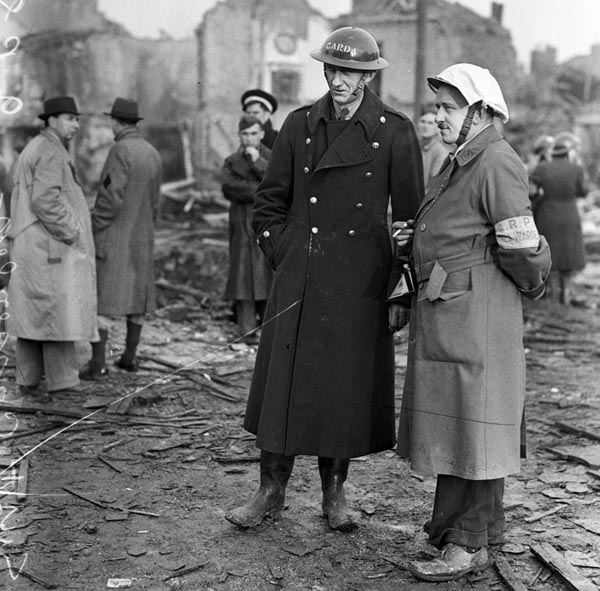
Belfast was ablaze and sent out an emergency call to Britain for assistance, but the beleaguered city would have to wait as additional firefighters and equipment had to be delivered from across the sea. In desperation, Belfast turned to Dublin for emergency aid. They had to contact them by telegraph as the bombings and subsequent fires had effectively eliminated the city’s telephone service.
De Valera was reviewing the request with his advisers just after 5 am and in less than an hour authorized Dublin’s firefighters and their equipment to be sent north to aid their Irish brethren. There was never any doubt as to what de Valera would do. He regarded, at least in principle, all of Ireland as a single nation. How could he possibly deny his fellow countrymen in need?
Also, de Valera was a devout Catholic. Basic Christianity obligates one to help others in need and this alone would have been enough for de Valera, but in such a dire circumstance any Catholic willfully denying help to people in such mortal peril would, in a moral sense, have to consider themselves something of a murderer—certainly closer to murder than the German pilots who carried out a military mission. Most of de Valera’s countrymen shared his sentiments and preferred to see their country’s neutrality put at risk rather than turn their backs on their Protestant cousins.
De Valera even went to the length of authorizing the Great Northern Railway (GNR) to bring Belfast’s newly homeless into Dublin, where they could take refuge. De Valera’s public comments on the matter were clear and unequivocal. He even made them on Hitler’s birthday (April 20) to effectively spit in the Führer’s eye. “They [the Irish in Ulster] are our people, their sorrow is our sorrow,” de Valera said. He added, “Any help we can give them will be given whole-heartedly!”
De Valera had no ulterior motive in helping the people of Belfast. His intention was really nothing beyond a desire to help fellow Irish in need, and perhaps for this reason both he and the Dublin firefighters were heaped with praise by the international press for their courage and selfless devotion to those in peril. Even the British press and politicians joined the chorus.
The jovial mood created by Irish cooperation in Belfast was soon tempered by one of the propaganda broadcasts from the infamous British traitor William Joyce, better known as Lord Haw-Haw. From the safety of his radio studio in Hamburg, Joyce broadcast a prediction that Dublin—Amiens Street Station in particular—would be a target of German bombs.
This was cause for concern as even the bombastic Joyce seemingly had his remarks reviewed by his Nazi overseers before making them on the air. Also, the station at Amiens Street was often crowded with women and children who were fleeing Belfast for the safety of Dublin.
The preference of safety over sorrow dominated the day as Dublin City Manager P.J. Hernon announced on April 22 that Dublin’s businesses would now be required to go into blackout mode at night.
Dubliners heard German bombers overhead on May 4,but they flew out over the sea and continued on to their primary target—Liverpool. The next day Dubliners held their breath again as German bombers flew overhead. This time they did not veer eastward to strike some target in Britain or Wales but continued to fly north over Ireland as they moved on Belfast.
This raid killed 150, and once again de Valera sent firefighters and their equipment north as he continued to welcome refugees fleeing south.
The Germans hit Belfast yet again on the night of May 5. Their bombing raids had effectively made half of Belfast’s residents homeless. Like their counterparts in London, the citizens of Belfast had shown that they, too, could “take it.”
The Irish in the south were looking forward to Whit (Pentecost) Weekend. It traditionally heralded the beginning of spring, new life, outdoor activity, and social activities of all kind. It had been three weeks since the last attack on Belfast, and it looked like the beleaguered city to the north might be spared further suffering.
It also looked to Dublin and its citizens that they had avoided any retribution from the Nazis for the assistance they had provided to Belfast during the air attacks. Little did they know what circumstance, or design, had in store for them.
Whit Weekend in 1941 began as midnight ushered in Saturday, May 31. No doubt countless people were looking forward to a few days of celebration and joy. It was just a couple of minutes after midnight when the sounds of German engines were heard above Dublin, and searchlights went on immediately to scan the skies. What the defense forces observed was baffling, to say the least.
German planes were seemingly flying back and forth over the city—first flying north, presumably to strike Belfast, and then turning back south. Even stranger, the highly regimented Germans were breaking their normal tight-knit formations with some planes appearing almost scattered in the sky above. Something like this had occurred three days earlier, but nothing had come of it.
When the planes did not veer off by 12:20 am, the Irish sent up three red flares (“flaming onions”), which was the established signal to let German planes know they were over neutral Ireland. Irish gunners manning antiaircraft batteries near Dublin (Dalkey, Ballyfremont, Collinstown, Clontarf, Stillorgan, and Ringsend) all stood at the ready. The batteries had minimal live-fire training due to the severe shortage of shells. Any firing would serve merely as a warning and absent any real intent to hit the bombers.
When the German planes had not dispersed by 12:35, the order was given to open fire. For reasons unknown to this day, the Irish gunners fired mostly heavy rather than lighter caliber shells. The German probably took this to be hostile rather than cautionary fire. The episode quickly became a form of public show and went on unabated for almost an hour.
The audience on the ground had grown bored and had started to disperse of their own accord when suddenly the whistle of a falling bomb scattered those remaining in the streets. It exploded on North Circular Road, causing homes to collapse, a fire to start, and power to fail. A second bomb, probably from the same plane, fell less than a minute later on Summerhill Parade with similar results.
A third bomb fell two minutes later into Phoenix Park, creating a hysterical reaction among the animals in the nearby zoo and enabling an elephant to temporarily escape. The bombing initially appeared to be just another bizarre incident of near misses, minor injuries, and limited excitement. Most of the bombers had departed, but some remained seeming to fly aimlessly about.
The bombers then turned north and left Dublin airspace presumably en route to some UK target. As the bombers continued on their way, the antiaircraft battery at Collinstown opened fire on them. One German bomber did an immediate 180 and headed back toward Dublin. He circled and buzzed the city and seemed to focus on the Amiens Station—the very thing that Lord Haw-Haw had announced would be targeted.
The Irish forces on the ground opened up with everything they had, including Hotchkiss machine guns. The pilot continued to circle and taunt those on the ground before swooping down and dropping a 450-pound landmine over North Strand. These bombs were among the most powerful and deadly of the era, being akin to today’s bunker busters. The explosion was horrific and the damage incredible. Bodies and homes were simultaneously ripped apart as if made of paper.
Twenty-seven civilians of neutral Ireland were killed in the attack (an additional person died shortly after from wounds), with another 45 injured. The property damage included 25 obliterated homes and some 300 damaged to the point where they were uninhabitable.
The outrage was palpable. Churchill, Roosevelt, and Roosevelt’s envoy to Ireland may have expected, if not hoped, that this would finally bring Eire into the war. The Germans were concerned that not only Ireland, but also the United States might now enter the war in response to angry Irish-American voters.
A mass funeral was held for 12 of the dead on June 5; de Valera himself was in attendance. Grieving for the victims took up the entire first week of June, during which time the town of Arklow in County Wicklow was bombed (June 2). There were no injuries or serious property damage, so this incident was largely ignored.
Protests regarding the May 31 attack were sent from Dublin to Berlin; the Germans responded that it was “absurd” to think that Dublin had intentionally been targeted. (In 1958 the West German government used money from their Marshall Plan Aid to pay £327,000 in compensation to Eire.)
Ireland remained neutral throughout the war, although there was one final German attack on Irish soil. On July 4, 1941, the port city of Dundalk in County Louth was bombed. There were no casualties, and Hitler’s invasion of Russia the previous month took his attention away from the Emerald Isle seemingly for good.
Churchill expected Eire to enter the war after the attack on Pearl Harbor. “Now,” he cabled de Valera, “it’s now or never.” De Valera chose never. The Whit bombing had drained any iota of bloodlust that may have existed in Ireland. Any Irish wanting to fight that badly could join the British ranks. Many Irish did, including some who deserted from their own ranks to do so.
Both the Germans and Brits suspected each other of obtaining the use of the ports on Ireland’s west coast. The Brits feared that the Germans were being allowed to refuel U-boats there while the Germans suspected that the Royal Navy was doing the same with its surface ships. The fears and suspicions were groundless as Ireland denied both Axis and Allied forces use of the ports.
The Irish and British Isles are often covered in fog. That fog gives them an aura of intrigue and mystery. In regard to the truth, whether or not the bombings were deliberate, it too will probably remain intriguing and forever a mystery shrouded in the fog of war.
